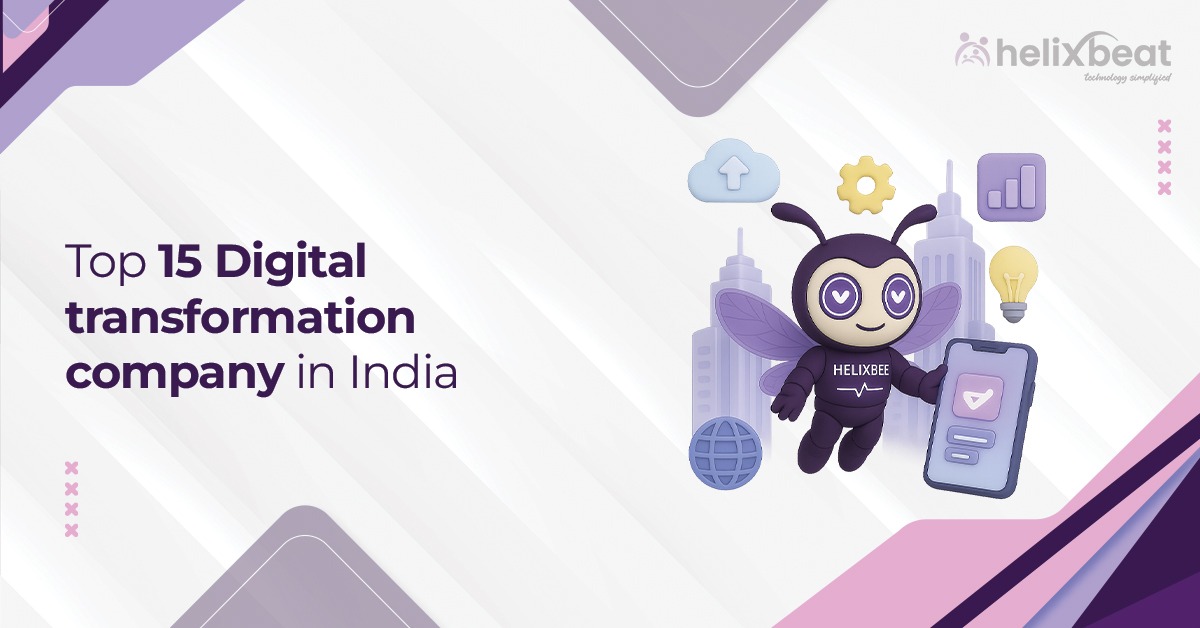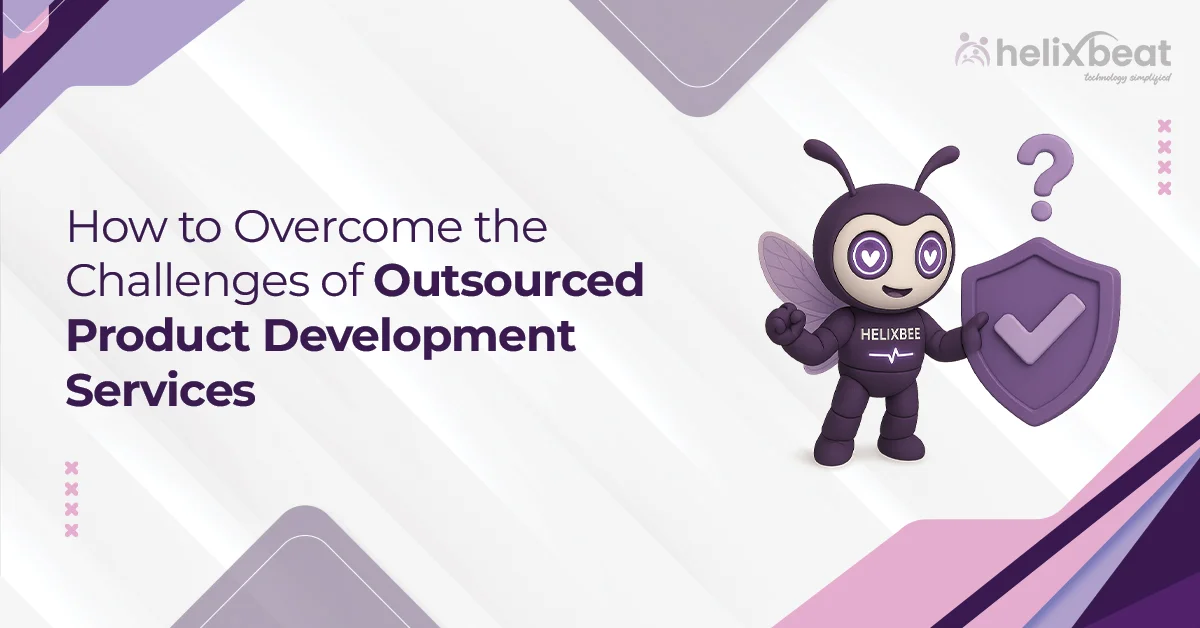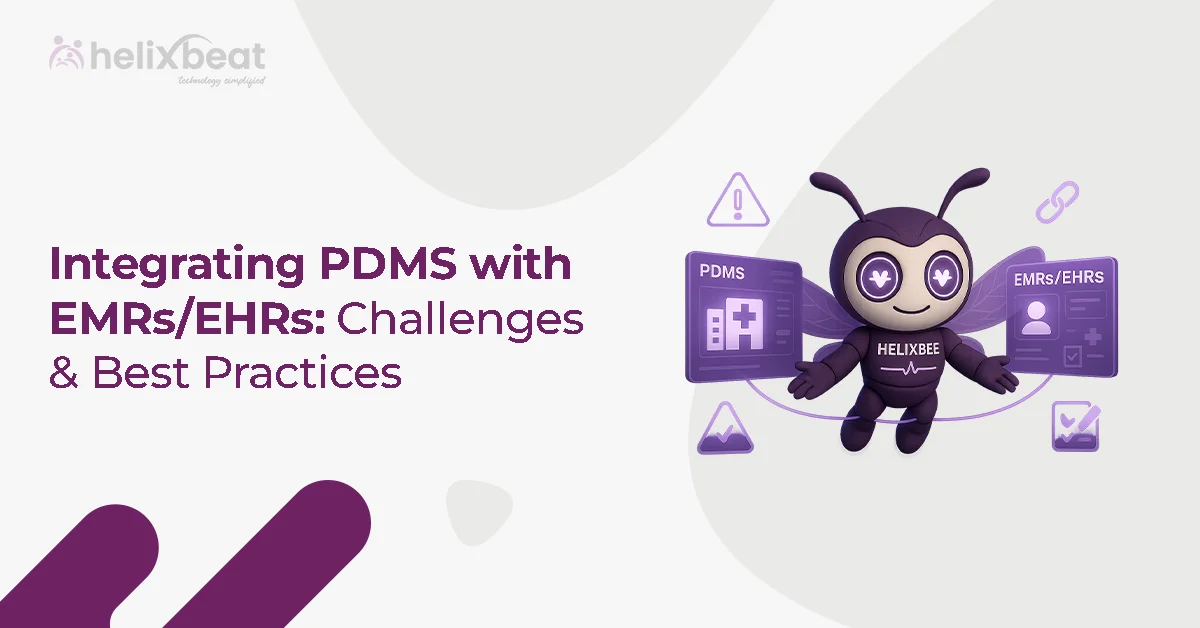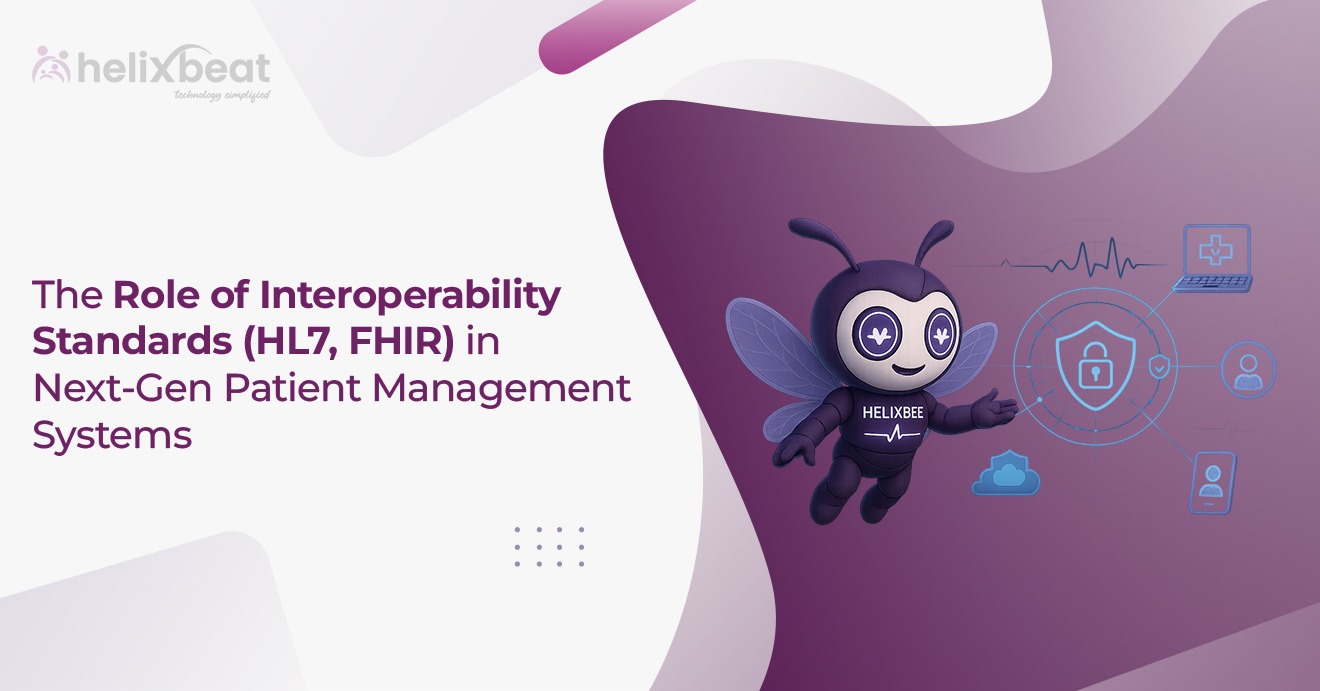In healthcare, the goal of providing coordinated, value-based care remains a constant aspiration. However, the reality within most clinical environments is far from ideal. Healthcare providers often work within a tangled web of disconnected systems, outdated technologies, and siloed patient data. As a result, tasks that should be simple—like accessing diagnostic reports, updating electronic health records (EHRs), or exchanging data between hospitals and labs—become cumbersome and inefficient due to a lack of FHIR healthcare interoperability.
Enter FHIR healthcare interoperability, a standard designed to address these challenges by enabling real-time, structured data exchange. For many, FHIR healthcare interoperabilty offers a light at the end of the tunnel. But the integration of FHIR APIs into existing healthcare systems is far from straightforward.
Legacy software constraints, inconsistent data formats, and compliance challenges often create roadblocks. The sheer complexity of marrying old infrastructure with new technology can leave healthcare organisations struggling to stay on track with their digital transformation efforts.
This is where Fusion steps in as a game-changer. Fusion offers a powerful solution that streamlines the complex journey of healthcare systems integration with FHIR. By bridging the gap between disparate systems, Fusion enables secure, standardized communication across platforms—ensuring that data flows freely and accurately.
No longer do healthcare providers need to navigate a maze of technical challenges; Fusion simplifies healthcare systems integration with FHIR using tools that support legacy systems. It handles data normalization, and ensure compliance with industry standards. This results in a connected, efficient, and patient-centered ecosystem where providers can focus on what matters most—delivering quality care to patients.
In the following sections, we’ll explore how Fusion tackles these challenges head-on, enabling a seamless transition to FHIR healthcare interoperability while transforming the way healthcare systems communicate.

Table of Contents
Understanding the Importance of FHIR API Integration in Healthcare Systems
FHIR was developed by HL7 to create a universal standard for the electronic exchange of healthcare information. Unlike older standards like HL7 v2 and CDA, FHIR uses modern web technologies like RESTful APIs, JSON, and XML, making it more accessible, scalable, and developer-friendly.
In a healthcare domain filled with various vendors and technologies. FHIR healthcare interoperability helps systems communicate using a common language. This ensures that patient data is accessible when and where it’s needed—whether it’s for care coordination, population health management, or patient engagement.
The importance of FHIR’s healthcare API integration lies in its ability to:
- Enable real-time data sharing: Patient allergies, medications, lab results, and diagnoses can be accessed and updated instantly across platforms.
- Enhance patient outcomes: Clinicians gain a complete view of the patient, reducing the risk of errors and improving care decisions.
- Support regulatory compliance: FHIR supports mandates like the 21st Century Cures Act that require interoperability and patient access.
- Promote innovation: Developers can build new applications on top of existing systems using FHIR APIs, enabling innovation without ripping and replacing legacy systems.
FHIR API integration transforms fragmented data into a synchronised, holistic ecosystem—a foundational requirement for modern healthcare delivery.
Major challenges faced when FHIR API integration.
Despite its advantages, integrating FHIR APIs into existing healthcare systems is not a plug-and-play experience. Below are the key challenges that often arise:
1. Legacy System Incompatibility
Many hospitals still operate on decades-old EHRs that lack support for modern APIs. These systems often use proprietary formats and are deeply embedded in clinical workflows, making replacement or direct integration difficult.
Example: A regional hospital using a 1990s-era EHR struggles to expose patient data in a FHIR-compatible format, delaying digital transformation projects.
2. Inconsistent Data Formats and Standards
Even when APIs are available, healthcare data often lacks standardization. Inconsistent naming conventions, date formats, and code sets can prevent seamless data exchange.
Example: One lab system may refer to glucose as “GLU” while another uses “Glucose_Blood.” FHIR healthcare interoperability requires consistent terminology, which demands data mapping and normalisation.
3. Security and Privacy Concerns
Healthcare APIs deal with sensitive patient information protected under laws like HIPAA. Integrating APIS without robust security protocols can expose organisations to data breaches and compliance violations.
Example: An improperly secured FHIR API could allow unauthorised access to patient records if authentication mechanisms are weak.
4. Scalability and Performance Issues
If not properly optimised, FHIR APIs can become a performance bottleneck, especially when processing large volumes of patient data or handling concurrent requests.
Example: A healthcare app pulling thousands of patient summaries simultaneously may experience lag or timeouts if backend systems aren’t optimised for FHIR healthcare interoperability.
5. Lack of Skilled Resources
FHIR is relatively new, and there is a shortage of developers and architects with experience in healthcare workflows and modern healthcare API integration.
Example: A healthcare IT team may be proficient in HL7 v2 but lack expertise in implementing secure, scalable RESTful APIs based on FHIR healthcare interoperability.
6. Versioning and Upgrades
FHIR healthcare interoperability continues to evolve, and different systems may adopt different versions. Ensuring compatibility between systems running FHIR R4, STU3, or other versions can be complex.
Example: An app built on FHIR STU3 may not function properly with an EHR that supports only FHIR R4, necessitating version translation or adaptation.
7. Governance and Workflow Alignment
Successful integration is not just about technology; it’s also about aligning APIs with clinical workflows, governance rules, and user expectations.
Example: An API may technically integrate well but disrupt physician workflow if it requires switching between multiple screens or duplicate data entry.
FUSION solution for FHIR API integration challenges
Fusion streamlines the complex process of FHIR API integration with purpose-built tools for healthcare systems:
- Legacy System Compatibility
Fusion uses adapters and middleware to translate outdated or proprietary data formats into FHIR-compliant structures, eliminating the need to replace existing EHRs.
Example: A hospital with a 2005-era system can now share patient records with a health app using Fusion.
- Standardization and Normalization
It ensures consistency by mapping incoming data to standard vocabularies like SNOMED CT, LOINC, and ICD-10.
Example: Lab results from different systems are unified with common medical codes for seamless analysis.
- Enterprise-Grade Security
Fusion ensures HIPAA compliance with features such as OAuth2, CMS, ONC, encryption, and audit logging.
Example: When a clinician accesses records, all actions are secure and logged for regulatory traceability.
- High Performance at Scale
Fusion is cloud-native, supporting caching, load balancing, and asynchronous processing to handle large data volumes efficiently.
Example: A population health dashboard pulls data from multiple hospitals without system slowdowns.
- Skilled Support and Templates
With ready-to-use FHIR API templates and expert consulting, Fusion reduces implementation time and technical complexity.
Example: A clinic quickly sets up patient portals using Fusion’s templates instead of building from scratch.
- Version Management
Fusion supports multiple FHIR versions and auto-translates between them, allowing cross-version interoperability.
Example: An app on FHIR R4 accesses data from a hospital running STU3 without issues.
- Workflow Integration
Custom APIs and UI components blend into existing clinician interfaces, avoiding workflow disruptions.
Example: Doctors update patient records in their current EHR without switching screens.
Fusion makes FHIR integration faster, more secure, and highly scalable—empowering modern, connected care.
Case study for FHIR API challanges and how fusion helps with it
Case Study 1: Regional Hospital Network Modernizes Legacy Systems
Challenge:
A regional hospital network with multiple branches was using outdated EHR systems that could not communicate with one another. Patient records were stored in siloed systems, creating administrative delays and clinical risks. The hospital needed a way to connect these systems through healthcare API integration—without completely replacing its existing infrastructure.
Solution with Fusion:
Fusion was deployed to serve as the central integration hub. Using Fusion’s middleware and data translation adapters, all legacy EHRs were connected and data was normalized into FHIR-compliant formats. Fusion’s built-in support for HL7 v2 and CDA allowed seamless bridging to FHIR APIs.
Outcome:
- Patient data could now be shared in real-time across departments and branches.
- Clinicians accessed unified patient profiles without toggling between systems.
- Fusion helped the network meet national interoperability mandates ahead of schedule.
- Improved care coordination and reduced duplicate testing saved over $250,000 in operational costs in the first year.
Case Study 2: Digital Health Startup Launches Patient Engagement App
Challenge: A digital health startup wanted to launch a mobile app to help chronic care patients track medications, lab results, and communicate with providers. However, most of their target clinics used different EHRs and FHIR versions. The startup needed to connect securely with multiple providers’ data sources without deep EHR customization.
Solution with Fusion: Fusion’s FHIR API templates and multi-version support allowed the startup to integrate with clinics running both FHIR R4 and STU3. Fusion also offered secure API endpoints and OAuth2 authentication, ensuring HIPAA compliance.
Outcome:
- The app launched within three months instead of a projected six.
- Patients could view their real-time medical records and receive alerts for missed medications.
- Fusion’s built-in logging and compliance features simplified data governance.
- The startup scaled to over 50 clinics in one year, attributing their speed to Fusion’s integration engine.
These examples show how Fusion FHIR healthcare interoperability removes the barriers of healthcare API integration, whether it’s transforming legacy systems or powering innovative patient-facing applications—making it an essential tool in advancing healthcare interoperability.
Road ahead
As a healthcare provider, achieving seamless data exchange is crucial for delivering quality, coordinated care. FHIR healthcare interoperability empowers us to access real-time patient information across systems—but integrating FHIR APIs can be complex. That’s where Fusion comes in. It simplifies integration with legacy systems, ensures security and compliance, and supports multiple FHIR versions without disrupting our workflows. Fusion enables us to focus more on patients and less on IT challenges, making true FHIR healthcare interoperability a reality. With Fusion, we’re not just meeting compliance—we’re transforming how we deliver care through smarter, faster, and connected healthcare systems.
FAQs
What is FHIR and why is it important in healthcare?
FHIR (Fast Healthcare Interoperability Resources) is a standard for electronic healthcare data exchange. It enables secure, real-time sharing of patient information across different systems, improving care coordination and patient outcomes.
What challenges do healthcare organizations face when integrating FHIR APIs?
Key challenges include legacy system incompatibility, inconsistent data formats, security concerns, scalability issues, lack of skilled resources, versioning complexities, and the need to align with clinical workflows.
How does Fusion help with FHIR API integration?
Fusion simplifies FHIR integration by providing tools for legacy system compatibility, data normalization, enterprise-grade security, version management, and seamless integration with clinical workflows, enabling smooth communication across healthcare platforms.
Can Fusion integrate with older healthcare systems?
Yes, Fusion uses middleware and adapters to translate outdated data formats into FHIR-compliant structures, allowing seamless communication between legacy systems and modern FHIR APIs.
How does Fusion ensure data security and compliance with FHIR APIs?
Fusion implements HIPAA-compliant features such as OAuth2 authentication, encryption, and audit logging, ensuring secure access to sensitive patient information and protecting it from breaches.
What makes Fusion’s solution scalable?
Fusion is cloud-native, supporting features like caching, load balancing, and asynchronous processing to handle large volumes of patient data efficiently without affecting performance, even during high-demand scenarios.
How quickly can healthcare providers see results with Fusion?
Healthcare providers can see rapid results with Fusion’s ready-to-use templates, expert consulting, and built-in support for multiple FHIR versions, significantly reducing implementation time and simplifying the integration process.














